Fighting bacteria with nanoscale technology
Our Materials experts are developing films with enhanced antimicrobial properties – helping to combat MRSA infections in healthcare settings
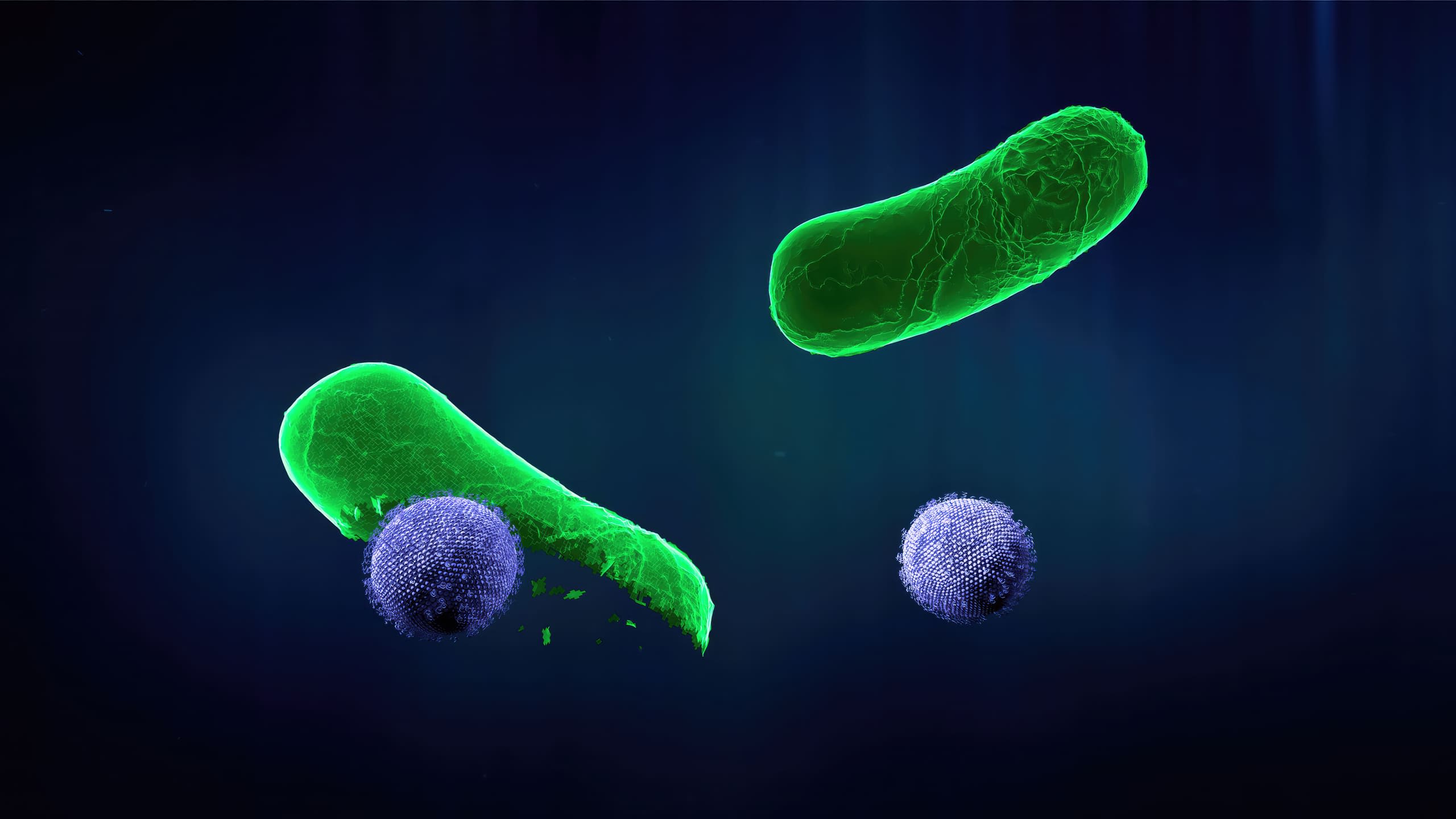
“In the early 2000s, bacteria that are resistant to antibiotics were widespread in UK hospitals and a strain of methicillin-resistant Staphylococcus aureus (MRSA) posed a major threat to public health.”
National Institute for Health and Care Research (NIHR)

About one in 30 of us carry MRSA. It lives harmlessly on our skin and generally isn’t a problem, often disappearing without us even being aware we’ve carried it.
However, if MRSA passes through the skin into our bodies, it can cause a major – sometimes fatal – infection. This is particularly true of hospital patients whose vulnerable surgical wounds or poor health may mean they are less able to fight it off.
Nationwide infection control programmes, launched in 2004, resulted in a rapid decline in MRSA cases in NHS hospitals. Since 2012, however, this decrease has plateaued – suggesting that a new approach is needed.
Loughborough’s Dr Nacho Martin-Fabiani is investigating an exciting technological response to the challenge – antimicrobial coatings that kill bacteria before they can grow and spread.


Pioneering film engineering
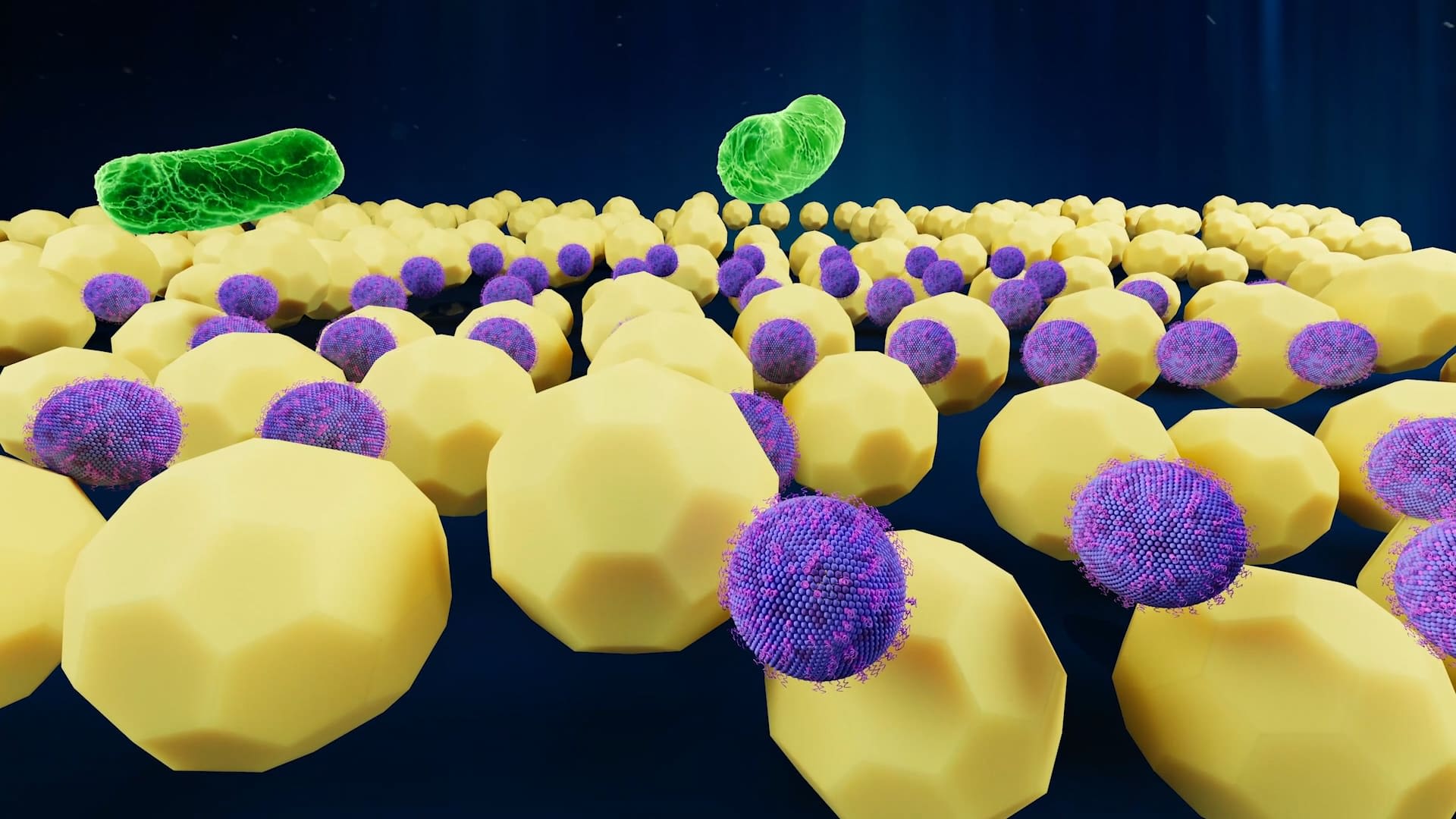
Dr Martin-Fabiani and his Research Group are passionate about soft materials – including the polymers and liposomes that are used in a variety of everyday products like paint, adhesives, inks and cosmetics – even medicine.
They are particularly interested in how they can give a finished product a specific feature – for example scratch resistance, antibacterial or anti-reflective properties – simply by changing the recipe of the coating applied to its surface.
While working at the University of Surrey (2014-16), Nacho developed a way to separate small and large particles dispersed in water, layering the smaller above the larger as the solution dries.
By ensuring that the smaller molecules provide the characteristic sought, it is possible to create functional films (aka coatings) that have various beneficial properties – for example, killing bacteria.
Moving the innovation forward
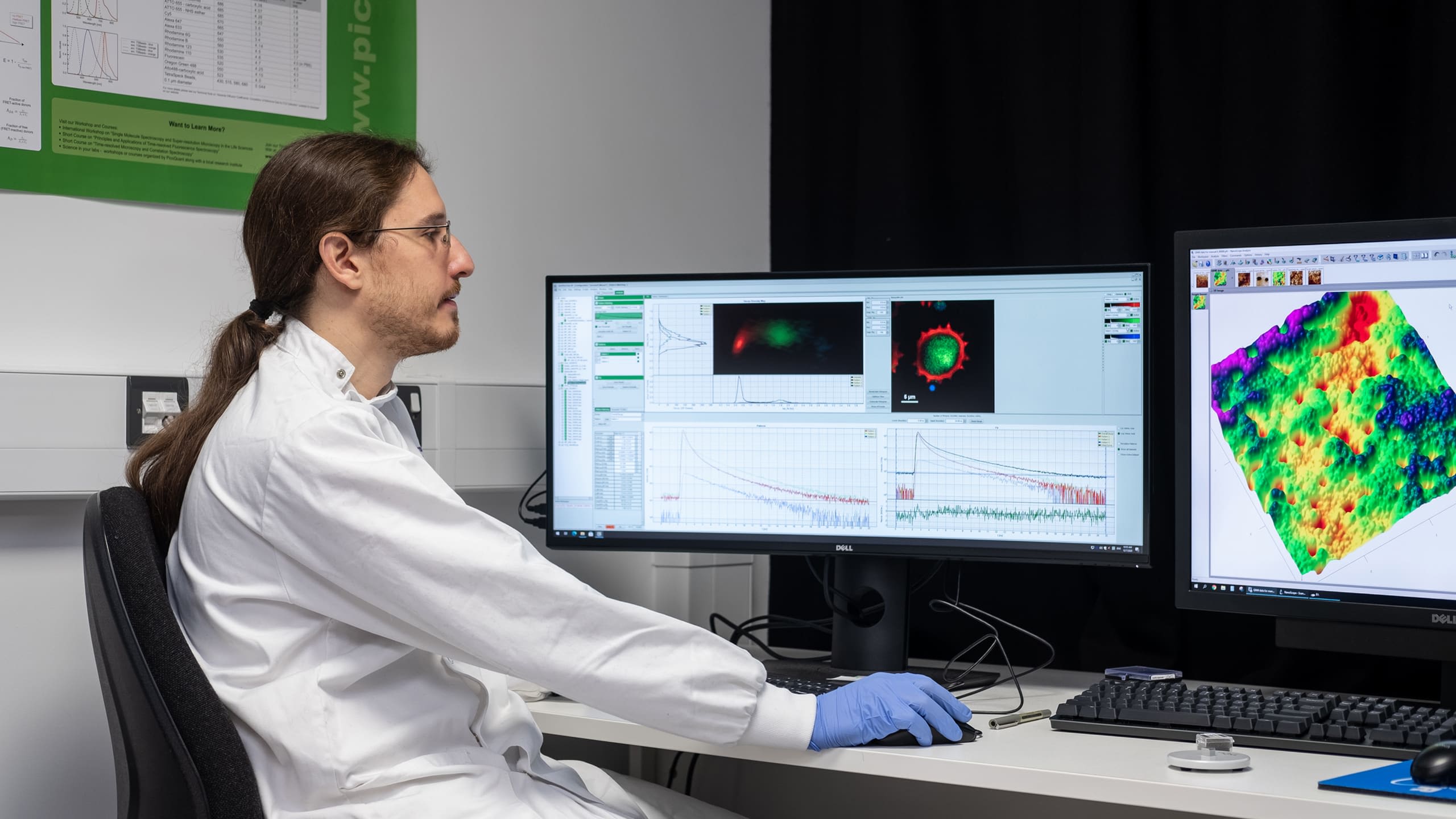
Since joining Loughborough in 2016, as a Vice-Chancellor’s Fellow, Nacho and his team have advanced his initial findings – refining the separation and layering process.
In 2019, Nacho secured an EPSRC Strategic Equipment Grant and, a year later, was awarded a UKRI Future Leaders Fellowship to continue his research.
These honours provide him and his team with state-of-the-art microscopy equipment and support for seven years’ work – applying Nacho’s technique to develop new methods for creating and testing more effective and environmentally friendly antibacterial coatings.
To accelerate the transition of their innovative technology to real-world applications, the multidisciplinary team are collaborating with microbiologists at Ulster University and clinical NHS colleagues, polymer chemists at the University of Lyon as well as leading paint and coating manufacturers.


How do films fight bacteria?
When bacteria land on a surface, they grow and multiply. Eventually, they can form a layer that completely blankets the surface and is difficult to remove.
If we touch the infected area, we pick up some of the bacteria. When we touch another surface, the bacteria are transferred to it.
This poses a particular challenge in hospitals and healthcare settings. Regular cleaning of equipment and surfaces – as well as thorough handwashing – help reduce the problem.
However, surfaces that are frequently touched by multiple people are difficult to keep clean and sanitised – things like doors, light switches, reception desks and bed rails.
These high-touch objects could be made more resistant to the proliferation of bacteria with the application of the sorts of coatings that Nacho and his team are developing.
Antibacterial coatings kill bacteria in various ways. For example, they can disrupt the bacteria’s metabolism or break their cell walls so that they burst and die.
Ensuring that the antibacterial nanomaterials are layered on the surface of the coating as it dries, maximises its ability to combat bacteria.
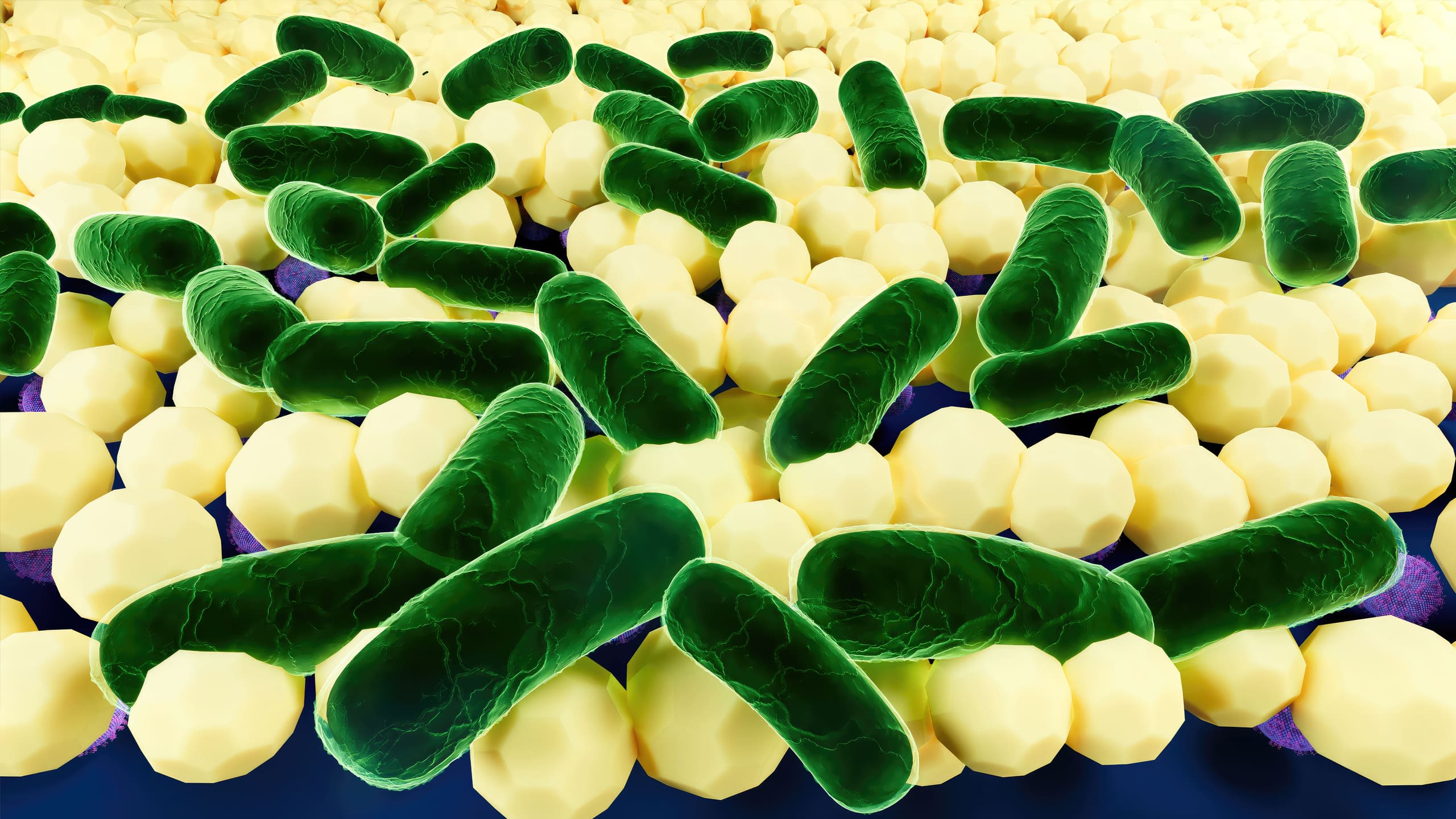
Unique facilities
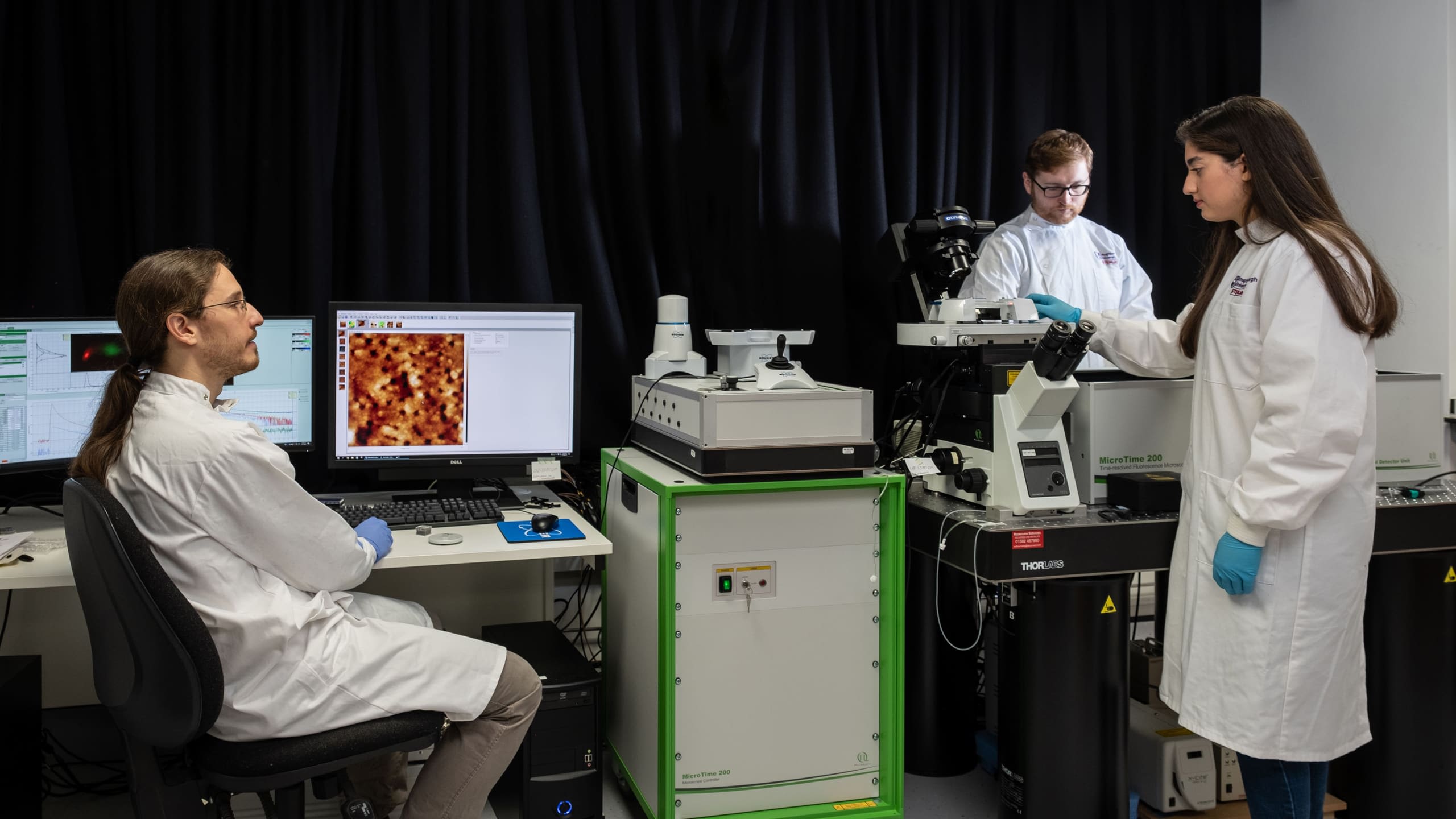
Of course, this kind of research requires cutting-edge, specialist equipment.
The EPSRC funding that the research team received in 2019, allowed them to commission their AFM-FLIM lab, comprising an integrated atomic force (AFM) and fluorescence lifetime imaging (FLIM) microscope with a fibre-coupled infrared detector.
The high-spec lab supports the team’s ongoing antibacterial coatings research – and has a range of other applications within materials science as well.
It can be used to measure nanoscale functionality spanning electrical, magnetic, thermal and mechanical properties – making it ideal for the development of coatings for various technologies including data and energy storage, fibre optics, medical devices, photovoltaics...
The facility is one of just three in the UK – and the team are always happy to talk to people interested in potential collaborations, including consultancies and knowledge exchange partnerships.
Previous collaborations include work on commercial anti-fouling coatings, photovoltaic films and biomaterials such as carotid plaques – the fatty deposits that can cause carotid artery disease.
Potentially life-saving applications
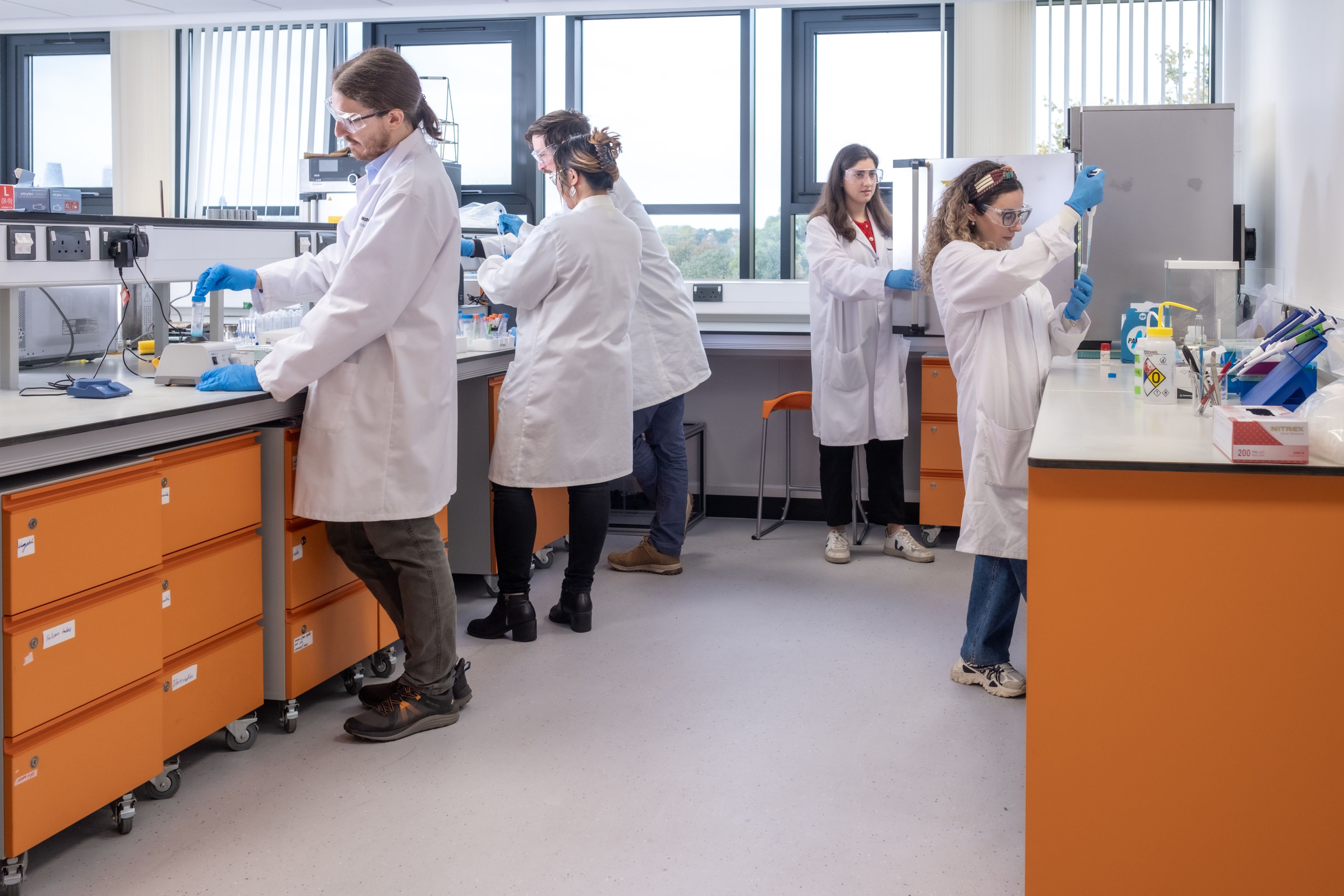
The Research Group are pleased with the progress of their work to date. Having refined their size segregation process, they have successfully created unique films with a range of structures.
What’s more, the tests pitting their anti-microbial coatings against MRSA have demonstrated enhanced resistance to the superbug. Most promising is the use of titanium dioxide which kills bacteria when irradiated with UV light.
Meanwhile, they’re exploring the impact of adding the other materials commonly used in industrial paint formulations – things like thickeners, pigments and fillers. They want to assess what effect these ingredients have on size segregation to ensure the process isn’t impeded by them.
Looking forward, Dr Martin-Fabiani says: “We’re working hard to refine our process and deliver consistent results that are scalable.
“One thing we’re looking forward to is developing our expertise and use of data driven methods – like AI. They have the potential to really speed up our research by helping to deal with the complexity of the industrial formulations we’re working with.
“We hope that one day our coatings will be applied as standard to a range of everyday products – providing a variety of built-in capabilities and features like anti-bacterial, self-cleaning, optical and anti-corrosive properties.
“It’s good to know that our research has so many positive, real-world applications.”
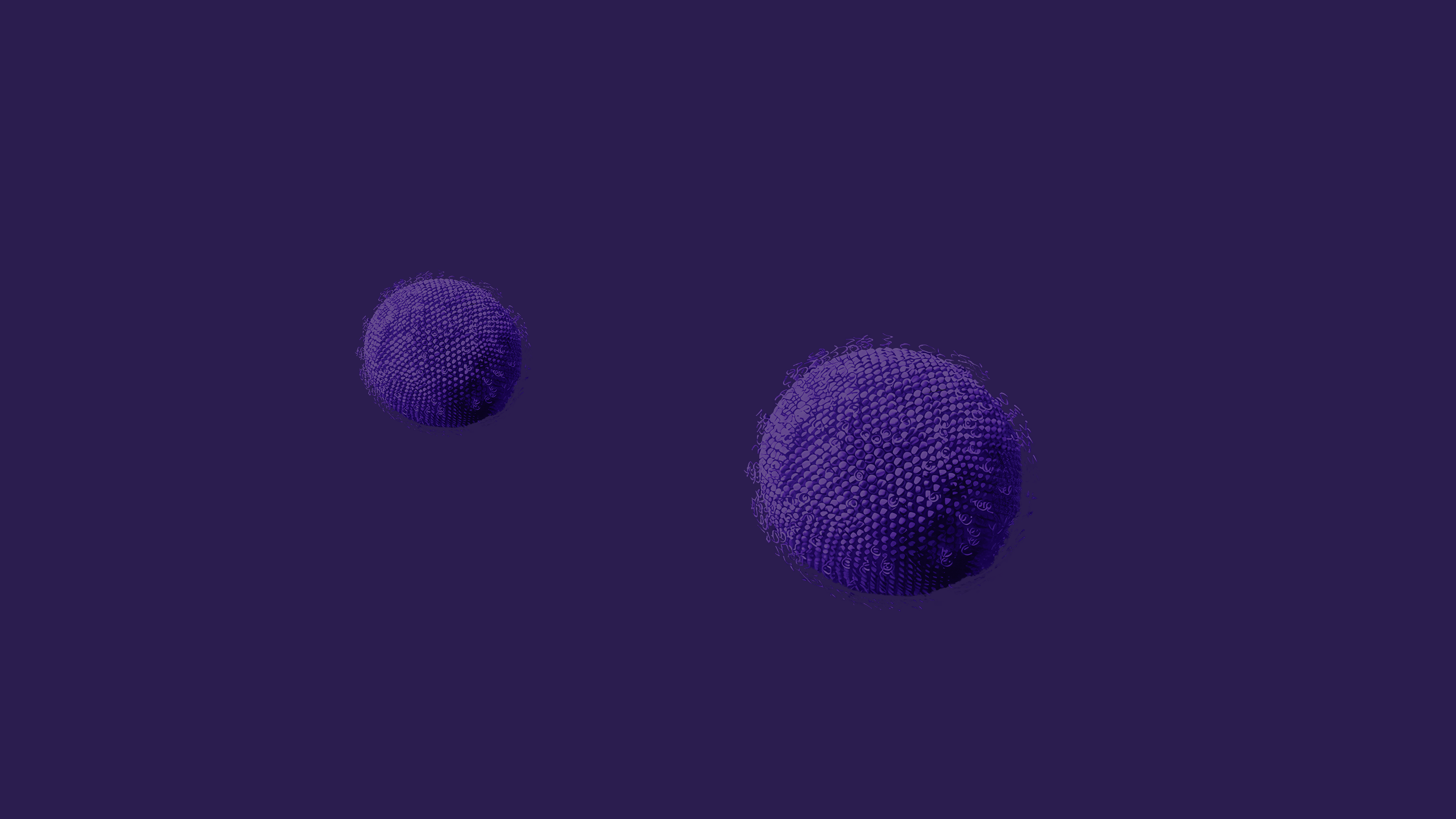
Share this page
